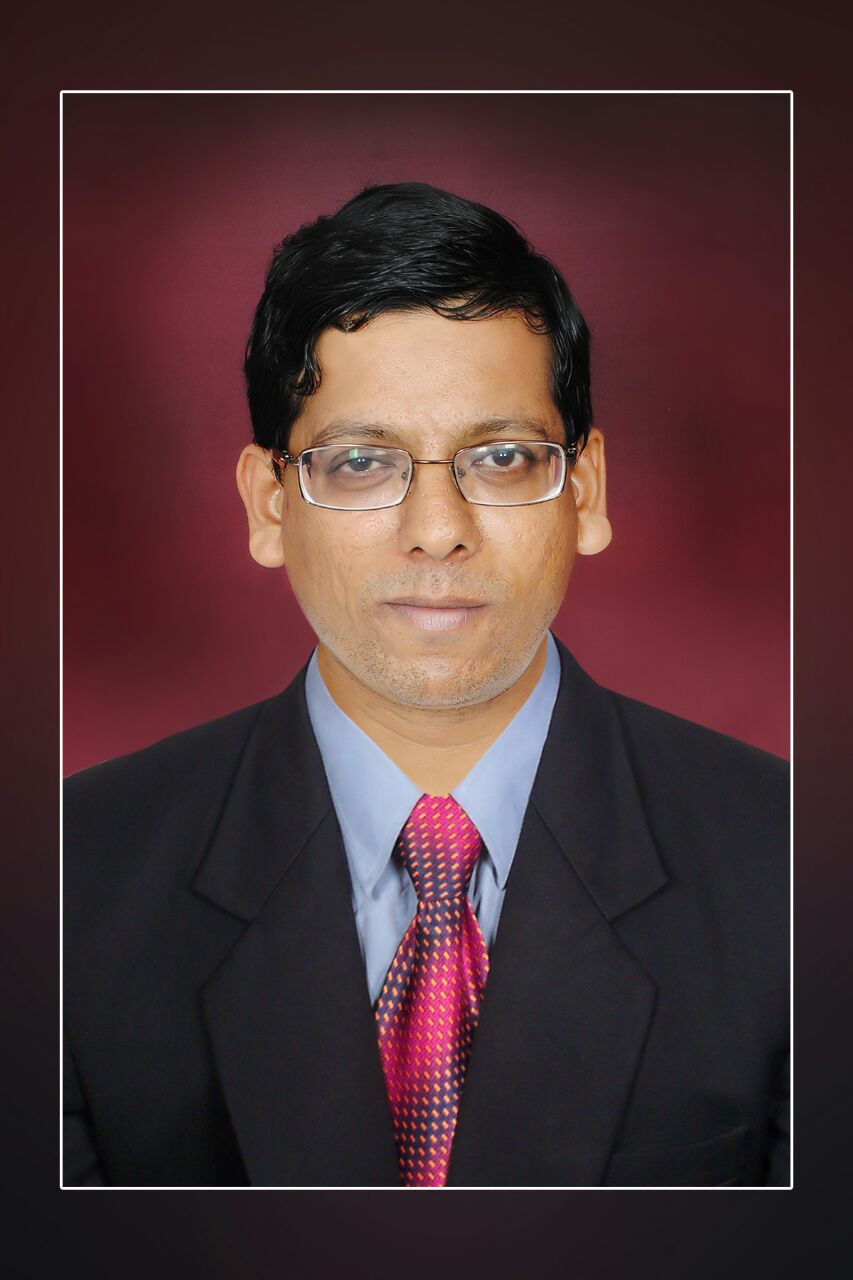Do you want an investment which guarantees the principal and interest income? The humble fixed deposit is still popular with conservative investors, despite the soaring inflation. The safety of your capital and assured returns are the standout features of FD accounts. However, the fixed deposit is not entirely risk-free. Have these four points in mind for a safe investment with competitive interest.
1. Safety of the FD account
You may prefer investing in the FD accounts of public and private sector banks. The reason is the Deposit Insurance and Credit Guarantee Corporation or the DICGC. It is a subsidiary of the RBI for insuring deposits and guaranteeing the credit facilities.
The DICGC covers the savings, fixed, current and recurring deposits from all commercial banks in India. It is a maximum of Rs 5 lakh for both the principal and interest amount in a bank. If you have more than one account at the same bank, the maximum insurance coverage is still Rs 5 lakh.
Branches of foreign banks in the country, regional rural banks and local area banks are under the deposit insurance scheme. Check if your bank comes under the DICGC. You can sleep well at night as your fixed deposit enjoys capital protection.
2. Competitive interest rates
The deposit rate depends on your bank, invested amount and the tenure. Many small finance banks offer a higher rate of interest of 6.5%-7% per year as compared to public sector banks. What about the safety of the FD account?
The small finance banks are a specific segment of banking, catering to small farmers and micro-businesses in rural areas. It has the status of a scheduled bank, with your fixed deposit guaranteed under the DICGC.
Pick a small finance bank of good repute, offering a high-interest rate for a shorter tenure. You may not be comfortable with a deposit in a small finance bank. Spread the investment across banks and enjoy better protection with competitive interest rates.
Also Read: Four loans you can opt for to battle financial stress during COVID-19
3. Liquidity of the investment
Take a close look at the financial goals before investing in the fixed deposit. Ignoring it may force you to close the FD before the end of the term. A premature withdrawal has a penalty, which reduces the total interest on your deposit.
Avoid the premature penalty by selecting the deposit tenure coinciding with your financial goals. You can use the FD laddering technique. Instead of investing in a single FD, divide it into equal parts. You then invest in fixed deposits of different maturities.
Laddering creates an investment loop, where an FD account matures each year. It creates ample liquidity to meet financial goals. You can remove the money in an emergency without incurring a penalty.
4. Taxation of the fixed deposit
The interest income from your FD account is taxable as per the income tax slab you fall under. The bank will deduct TDS at 7.5% if the interest income exceeds Rs 40,000 for FY 2020-21.
The bank won’t deduct TDS for a senior citizen with interest income from all fixed deposits less than Rs 50,000 in a year. The bank deducts TDS at 20% if you don’t provide PAN.
If your annual income falls below the threshold limit, you can submit the Form 15G and Form 15H at the bank. While the Form 15H is for senior citizens, Form 15G is for everyone else. It helps you avoid TDS on the interest income from the fixed deposit.
The fixed deposit is unaffected by volatile markets. It offers guaranteed returns and is a wealth creator in the long run. You can avail a loan against the FD account and tide over a financial emergency. In a nutshell, fixed deposits are easy to understand, convenient to invest and offer safety of capital.
For any clarifications/feedback on the topic, please contact the writer at cleyon.dsouza@cleartax.in

I write to make complicated financial topics, simple. Writing is my passion and I believe if you find the right words, it’s simple.





